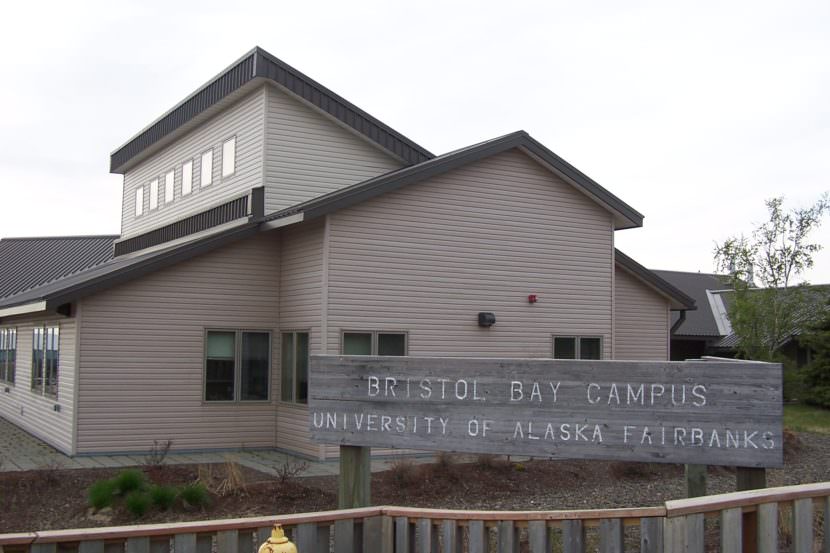
University of Alaska campuses are bracing for change as the University system faces up to $22 million in cuts from the state. University administration are entertaining several different long-term options to reduce the costs, which they are calling Strategic Pathways. Some of the options would could have profound effects on higher education in rural Alaska.
“The purpose of Strategic Pathways is to give the president options of how to proceed with the budget cuts that are coming,” Vivian Viar said. She’s the assistant director of the Bristol Bay Campus in Dillingham. “There are six avenues that Strategic Pathways lists. The community campuses are leaning toward option six, which is just increased collaboration among the other community colleges in Alaska. However, the president is leaning toward the learning center option unfortunately.”
Viar said that option would decrease education opportunities in the region dramatically. Learning centers can provide resources such as computers, internet, and tutoring. On-campus classes, however, would be outside of their scope.
“It would be devastating,” Viar said. “We service so many villages, flying students in, flying instructors out, providing student service support, offering classes. All of that would pretty much go away.”
In addition to decreased state funding, community campuses like Bristol Bay’s would no longer be eligible for the significant federal grant funds that they receive.
“Currently we have approximately $7 million in federal funding that serves our villages and the Aleutian-Pribilof region,” Viar said. “The state funding would drop dramatically as we would not have the staff and the resources that we needed that is paid for by the state funding.”
University President Jim Johnsen held a mid-April press conference after a special meeting with the Board of Regents to discuss contingency plans and preparations for Fiscal Year 2018. Johnsen discussed both e-learning and increased collaboration as possible immediate contingency options for rural campuses.
“I think more e-learning, more online technology will be part of the solution there in our community campuses,” Johnsen said. “Another thing that I think is a real opportunity is sharing among the community campuses. The directors of our community campuses meet regularly. They work together on new program development.”
The Board of Regents’ will meet in May for an update on how the state budget will affect the university’s budget and again in June to discuss Strategic Pathways and the school budget for the next fiscal year.




